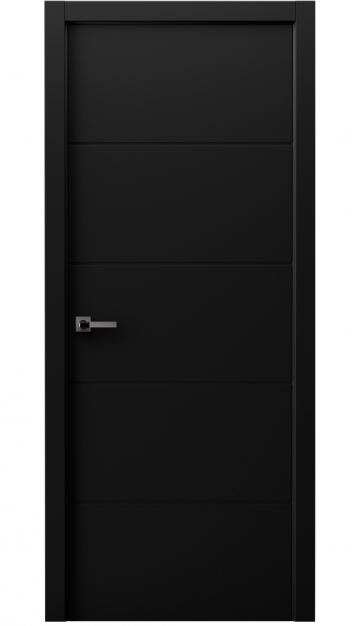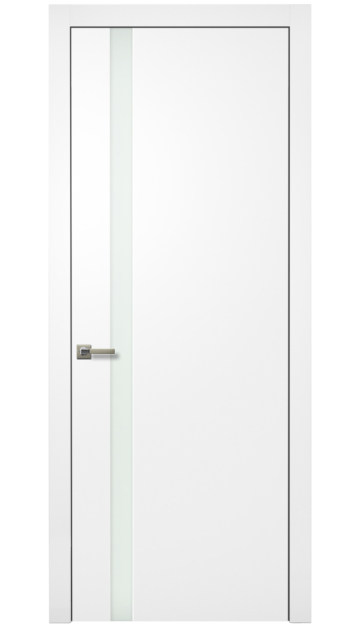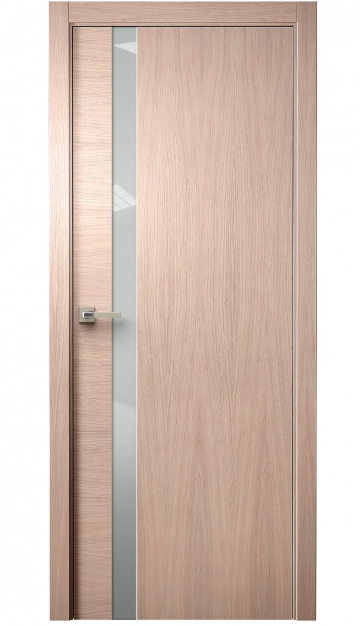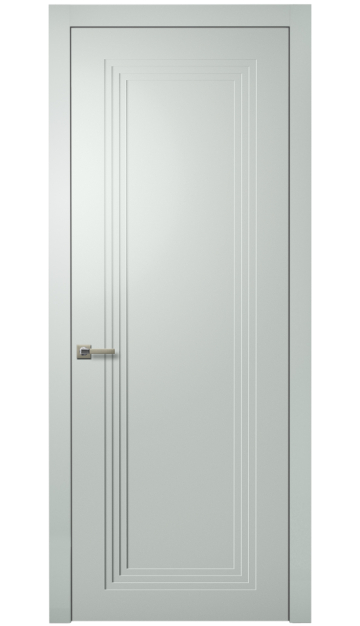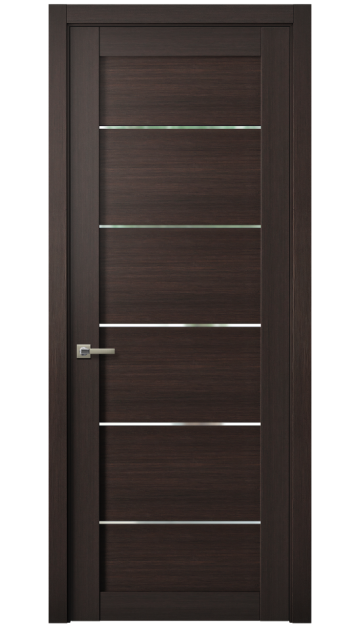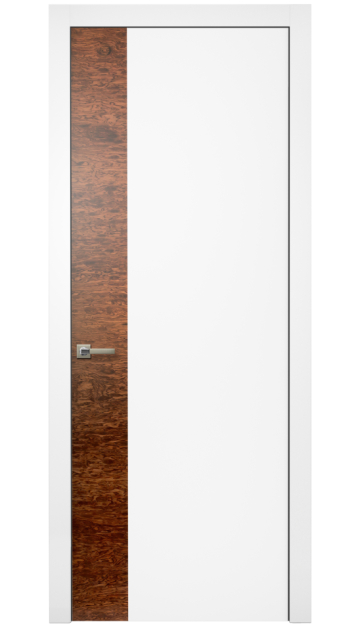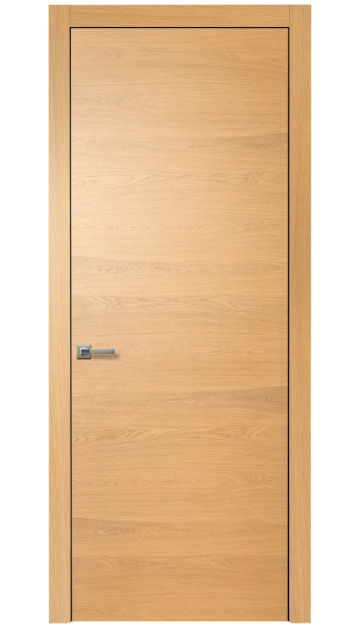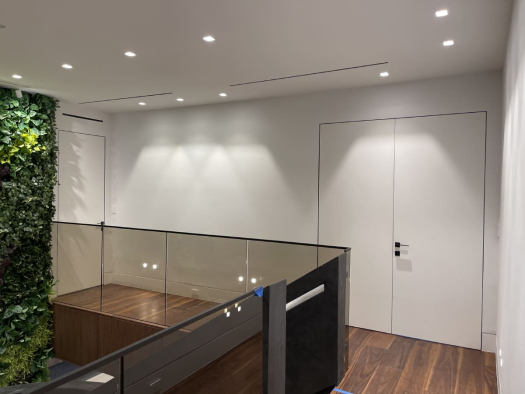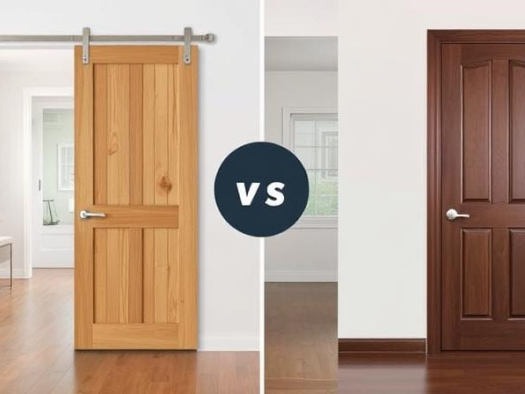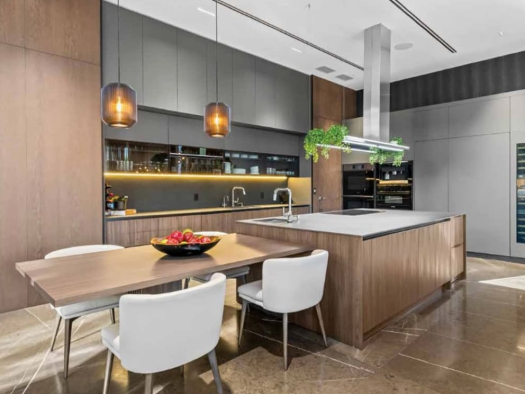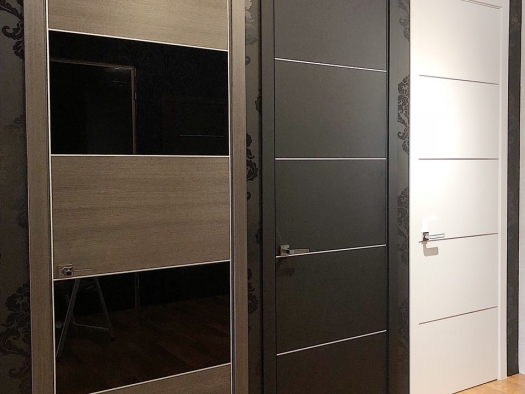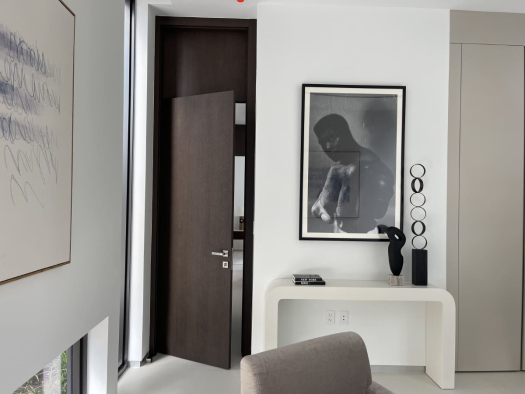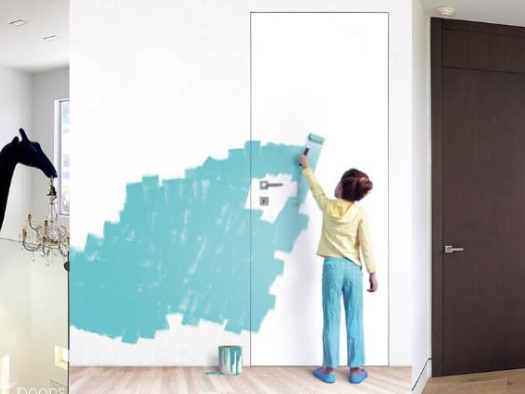- Why Door Color and Design Matter in Interior Spaces
- Step 1: Decide Whether You Want Contrast or Harmony
- Step 2: Consider the Style of Your Furniture
- Step 3: Use Wall Color as a Guide
- Step 4: Coordinate Door Hardware with Furniture Details
- Step 5: Match Finishes and Textures
- Step 6: Consider Natural Light and Space Size
- Popular Color Combinations Designers Love
- Designer Insight: Let Doors Define Your Style
- Why Choose Indigo Doors for Stylish Interior Doors
- Conclusion: Achieve Perfect Balance with the Right Door Choice
Choosing the right interior door color can transform your home’s entire look. Discover how to match modern interior doors with your wall colors and furniture like a professional designer. Explore elegant collections from Indigo Doors USA to achieve perfect harmony in every room.
Your interior doors are more than just functional elements — they play a key role in defining your home’s overall aesthetic. Choosing the right interior door color and design can make a space feel cohesive, elegant, and thoughtfully designed. But how do you match your doors with wall colors and furniture to achieve that perfect balance?
At Indigo Doors USA, we specialize in modern interior doors that complement any style — from minimalist apartments to classic suburban homes. Below, we share expert designer tips on how to choose interior doors that harmonize beautifully with your walls, furniture, and decor.
Why Door Color and Design Matter in Interior Spaces
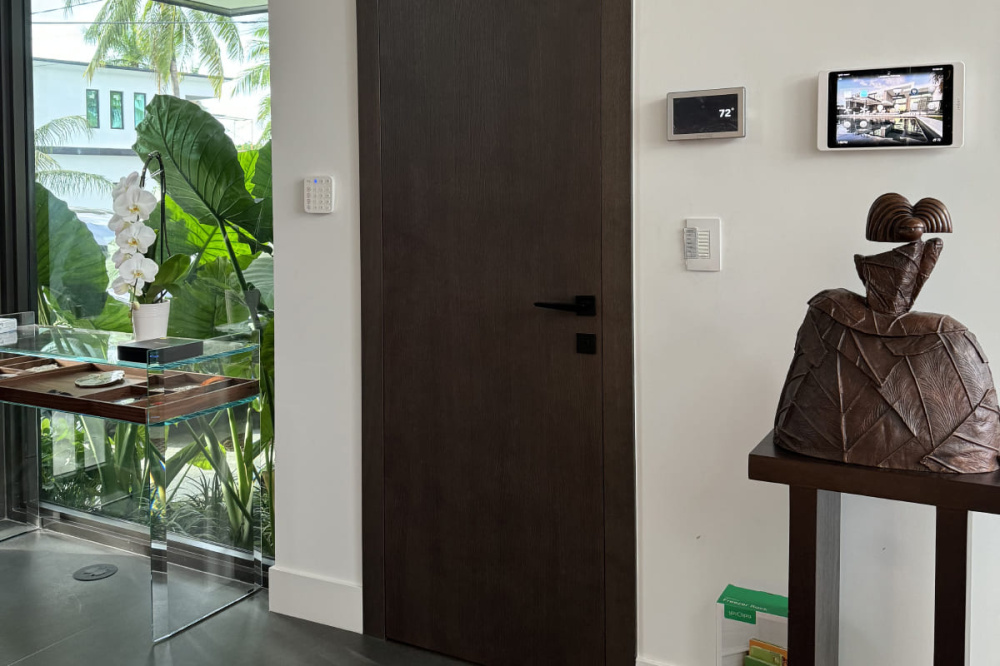
Interior doors are large, visible surfaces that influence the tone and mood of a room. A mismatched door can disrupt the flow of your design, while the right one can elevate your entire space.
Color coordination between doors, walls, and furniture affects:
- Perceived room size and light,
- Mood and comfort,
- Consistency of interior style,
- Property value and appeal.
The goal is to make your doors look like a natural part of the room’s architecture — not an afterthought. That’s why Indigo Doors offers a wide palette of finishes, from pure white and soft beige to bold black and textured wood tones.
Step 1: Decide Whether You Want Contrast or Harmony
When matching doors to your walls and furniture, first decide on your design direction — contrast or harmony.
1. Contrasting Look
A contrasting approach creates visual drama and makes doors stand out as a design feature.
- Black interior doors look stunning against light or neutral walls.
- Dark walnut or gray doors add sophistication to white interiors.
- White doors in colorful or textured rooms create a fresh, crisp effect.
This style works well in modern, industrial, or minimalist homes where architectural elements are part of the decor.
2. Harmonious Look
If you prefer a softer, more seamless appearance, match your doors to the surrounding tones.
- Beige or light gray doors blend beautifully with similar wall shades.
- Wooden doors complement natural, earthy interiors with wooden furniture or floors.
- White on white creates an airy, elegant feel in Scandinavian or coastal-style homes.
Harmonious designs work perfectly in smaller spaces, making rooms feel larger and more unified.
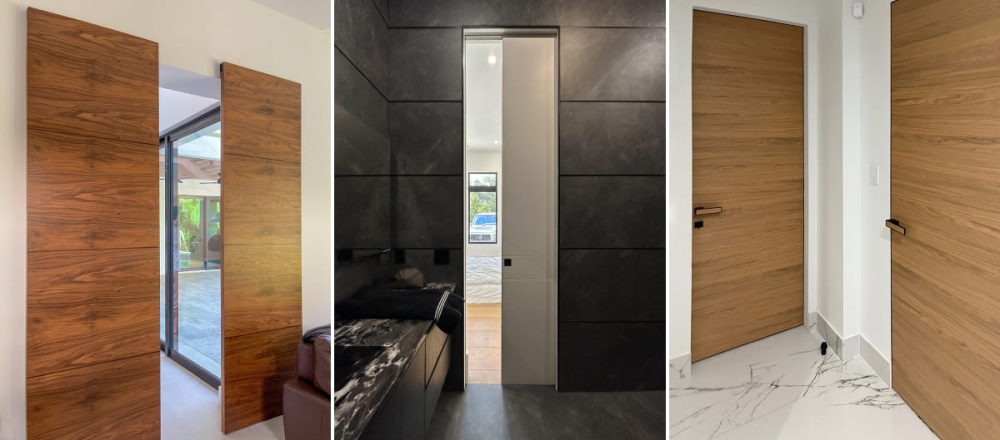
Step 2: Consider the Style of Your Furniture
Doors and furniture share visual space, so they should complement each other in both color and material.
For modern or minimalist homes, choose sleek, frameless interior doors or those from the Modern Collection by Indigo Doors.
Matte finishes, subtle grain patterns, and monochromatic colors — white, gray, or black — pair beautifully with modern furniture and metal accents.
Classic or Traditional Spaces
The Classic Collection and Royal Collection doors with decorative panels or textured finishes suit timeless interiors with wooden furniture, warm lighting, and detailed moldings.
Scandinavian or Neutral Designs
If your furniture has light wood tones, linen fabrics, and simple shapes, choose white, beige, or pale gray doors to maintain that calm, balanced aesthetic.
Step 3: Use Wall Color as a Guide
Your wall color serves as a natural reference point for selecting the right door tone.
White Walls
White walls are incredibly versatile — they pair with nearly any door finish.
- For contrast: black, gray, or dark brown doors.
- For harmony: white or light beige doors.
White on white looks clean and contemporary, while black or dark walnut adds bold sophistication.
Gray Walls
Gray walls match well with white, black, or warm wood tones. If your furniture features metallic or modern finishes, a matte gray door can provide a seamless flow.
Beige or Warm-Toned Walls
Complement warm undertones with oak, walnut, or ivory doors. These tones keep your home feeling inviting and natural. Avoid harsh contrasts — soft transitions work best here.
Bold or Dark Walls
If your walls are deep blue, emerald, or charcoal, balance them with light doors such as white, ash, or light gray. This maintains brightness and prevents the space from feeling too heavy.
Step 4: Coordinate Door Hardware with Furniture Details
Hardware is often overlooked, but it’s key to achieving a unified look.
When selecting door handles, locks, and hinges, think about your furniture hardware — cabinet pulls, lamp bases, or metal frames.
- Matte black handles match modern furniture and bold designs.
- Brushed nickel or chrome pairs with cool tones and minimalist spaces.
- Brass or gold finishes work beautifully in classic or elegant interiors.
At Indigo Doors, you can find premium door hardware designed to match both contemporary and traditional spaces.
Step 5: Match Finishes and Textures
The finish of your doors should complement — not compete with — other elements in the room.
- Glossy doors reflect light and pair well with polished furniture and modern lighting.
- Matte finishes create a cozy, understated atmosphere suitable for minimalist interiors.
- Wood grain textures bring warmth and depth to rooms with wooden floors or natural decor.
This attention to detail creates visual consistency and a professionally designed look.
Step 6: Consider Natural Light and Space Size
Lighting can drastically change how door and wall colors appear.
- In bright rooms, you can safely use darker door tones without making the space feel smaller.
- In dim or compact areas, light-colored doors (white, beige, gray) help enhance brightness and openness.
Indigo Doors offers a wide range of modern interior doors with glass inserts to bring natural light between rooms while keeping your design balanced.
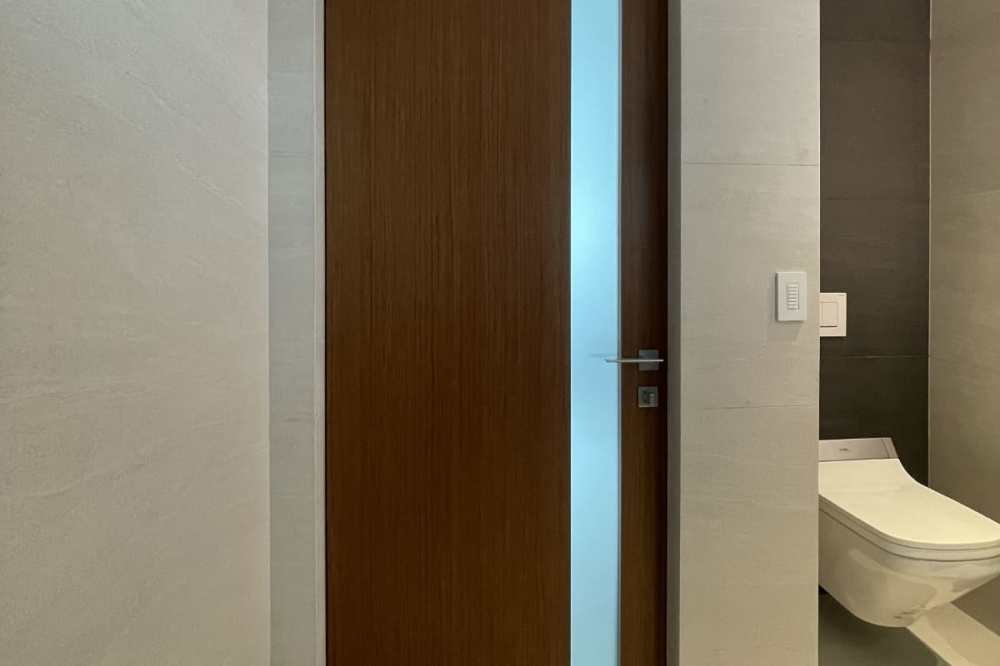
Popular Color Combinations Designers Love
|
Wall Color |
Recommended Door Colors |
Design Effect |
|
White |
Black, Gray, Beige |
Elegant contrast |
|
Light Gray |
White, Charcoal, Wood |
Balanced modern style |
|
Beige |
Walnut, Oak, White |
Warm and cozy |
|
Dark Blue |
White, Light Gray |
Chic, modern feel |
|
Olive Green |
Natural Wood, Beige |
Earthy harmony |
These combinations are timeless and can be easily adapted to match evolving furniture and decor trends.
Designer Insight: Let Doors Define Your Style
Professional designers often treat doors as an opportunity to highlight or balance interior elements. For example:
- In minimalist homes, frameless white doors keep the look seamless.
- In luxury interiors, rich walnut or black doors create contrast and depth.
- In eclectic spaces, mixed tones — such as gray doors with brass handles — make a statement.
Your doors are not just transitions between rooms; they are part of your home’s visual story.
Why Choose Indigo Doors for Stylish Interior Doors
- Wide range of modern and classic finishes
- European design and craftsmanship
- Premium materials and soundproof solid core options
- Available to order online across the USA
At Indigo Doors, we help homeowners and designers bring harmony and style into every space through doors that complement walls, furniture, and lifestyle.
Conclusion: Achieve Perfect Balance with the Right Door Choice
Matching your interior doors with wall colors and furniture is about more than coordination — it’s about creating emotional balance and visual flow. Whether you love minimalist whites, bold blacks, or warm wood tones, the right door color can tie your entire design together.
Explore Indigo Doors USA to discover modern, frameless, and classic designs that elevate your home with timeless beauty and sophistication.

